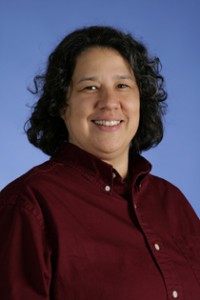What started out as a simple word document has blossomed into a multimedia development tool for employees of Camosun College.

A unique learning experience called Teltin Tte Wilnew teaches cultural sensitivity and the history of aboriginal people to college staff.
Over the past three years, 125 Camosun employees have taken the voluntary program, which won an award in program excellence in 2009.
“The course offers a brief history and outline of indigenous people and colonial history in four units and it’s a blended delivery, which means it’s taught online and face to face,” says Corrine Michelle, Camosun indigenization coordinator.
“Teltin Tte Wilnew” translated from the West Saanich means understanding indigenous peoples.
Starting out as an info-filled word document, the course has expanded into utilizing various different media sources, such as streaming video and links to a wealth of informative websites. Taking full advantage of technology, the course has had great success educating people, according to Michelle.
Aside from its heavy content, ranging from residential school history to the ‘60s adoption scoop of First Nations children, the course adds humour in the form of Darrell Dennis and his ReVision Quest radio show and CBC blog, which puts cultural stereotypes into a comedic light.
An important part of the program is learning about territory and the importance of acknowledgement of where we inhabit, says Michelle.
“The first unit is about learning indigenous names for the different places we are living,” she says.
The indigenous history of territory isn’t always widely available and most people don’t know that the places we live in already had names before being inhabited by European settlers, who gave them new names.
“It hasn’t always been called James Bay, it’s not always been Oak Bay; there are indigenous names for these places,” says Michelle, “Mount Doug, Mount Tolmie, all have their own aboriginal names and they have stories that go with them.”
